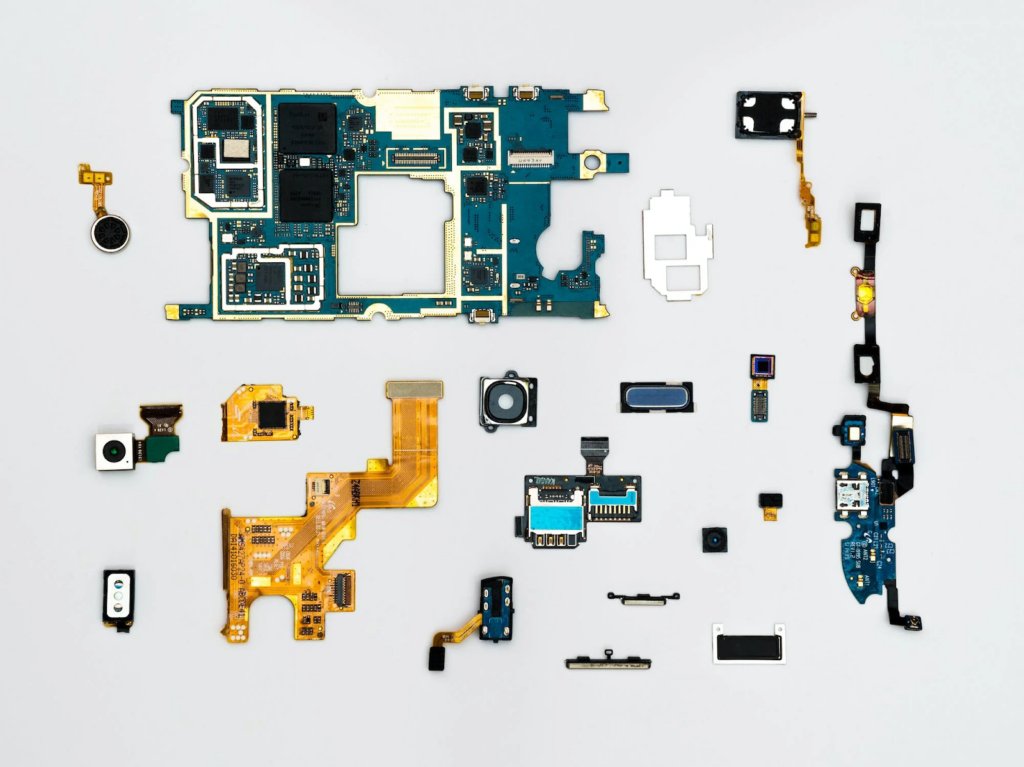The evolution of an idea into a tangible, market-ready product is a journey that is both exhilarating and laden with hurdles. This transition phase from prototype to production is a pivotal moment, symbolizing the metamorphosis of conceptual thinking into real-world application.
Over recent years, the industry has been abuzz with innovations, particularly in the realm of 3D printing and rapid prototyping. A testament to its soaring relevance is the impressive growth witnessed in the 3D printing and rapid prototyping services sector in the US. Between 2017 and 2023, this industry saw its market size burgeon at an average annual growth rate of 9.4%.
This staggering growth underscores the importance of having a roadmap when transitioning from prototype to production, ensuring that innovations don’t just remain ideas but become transformative solutions.

Table of Contents
Choose the Right Prototyping Partner
Every great production story begins with an effective prototype. It’s this prototype that sets the tone for what the end product will look and function like. Hence, it becomes imperative to get this initial step right.
One of the best ways to ensure this is by collaborating with a reputable prototyping company. Companies like 3erp.com have carved a niche for themselves in delivering precise prototypes. Their expertise guarantees a product prototype that’s not just accurate but also optimized for subsequent production.
When choosing a prototyping partner, delve into their expertise, gauge their experience in your industry, and assess their equipment capabilities. A strong partnership at this juncture lays a firm foundation for the subsequent stages.
Assess and Refine the Prototype Design
Post prototyping, it’s crucial to evaluate your design under the microscope meticulously. Even the most promising prototypes, with intricate details, can have hidden flaws or areas waiting to be enhanced. Actively subject your design to rigorous testing routines to efficiently identify and promptly rectify these weak points.
Moreover, involving potential users, industry experts, or stakeholders for feedback can offer deeper, invaluable insights. Ultimately, the end goal is to methodically refine the prototype until it reflects the best version of your visionary concept.
Understand Scaling Needs
As you progressively edge closer to embarking on full-scale production, it’s imperative to gain clarity about your intended production volume. Ask yourself questions such as: How many units, exactly, do you anticipate producing? Is your innovative design inherently compatible with the demands of mass production? And can your carefully chosen manufacturing processes adeptly handle the expected volume without any compromise on the quality front?
This reflective introspection ensures you are comprehensively prepared to meet the multifaceted demands of expansive large-scale manufacturing.
Invest in Quality Control
Quality, undeniably, stands as the fundamental cornerstone of any successful, enduring product. To unfailingly maintain impeccable product quality, it’s of paramount importance to institute robust quality control mechanisms that withstand scrutiny. This intricate process involves a harmonious blend of diligent manual checks seamlessly complemented by state-of-the-art automated systems.
This dual approach ensures that every individual product unit impeccably aligns with your lofty quality benchmarks. Proactively addressing seemingly minor issues early on can deter them from snowballing into insurmountable challenges when production is aggressively ramped up.
Plan for Post-Production Support
Subsequent to the production phase, the pivotal focus seamlessly shifts towards unfailingly supporting your proud product once consumers embrace it. This intricate phase involves meticulously considering warranties, proactively setting up dedicated repair services, and establishing a robust, responsive customer support infrastructure.
Essential resources, both adept human personnel and advanced technical equipment, should be ever-ready, poised to address potential product recalls or implement timely modifications propelled by genuine consumer feedback.
Allocate Budget for Full-Scale Production
Financial foresight and planning undeniably emerge as the structural backbone of a seamless transition from an innovative prototype to full-blown production. It’s crucial to grasp the varied costs involved in this transformative shift intimately. This exhaustive list encompasses machinery acquisition, competitive labor costs, strategic materials procurement, targeted marketing initiatives, and efficient distribution logistics.
Additionally, in the ever-evolving business landscape, it’s exceedingly prudent to maintain a flexible contingency fund, ready to address unforeseen challenges or capitalize on emergent opportunities.
Seek Feedback and Be Ready to Pivot
In culmination, once your meticulously crafted product graces the competitive market, the immersive learning journey remains unending. It’s imperative to gather feedback from your valued consumers perpetually. In the unpredictable, dynamic world of modern business, agility and flexibility emerge as invaluable assets.
Always be prepared, both mentally and logistically, to make necessary, consumer-driven tweaks based on real-time market responses. These post-launch adjustments, after all, play an integral, pivotal role in holistic product development.
Final Thoughts
Moving a product from prototype to production is a journey that requires foresight, planning, and agility. By prioritizing quality, staying attuned to feedback, and forging the right partnerships, businesses can navigate this path successfully. Here’s to transforming ideas into products that resonate with consumers!